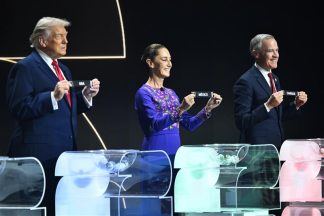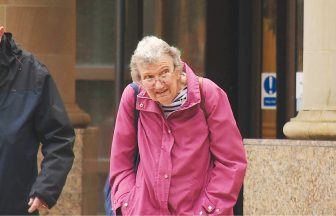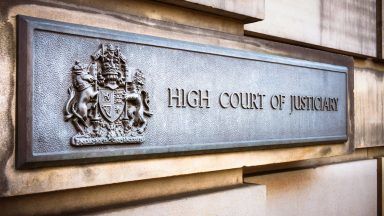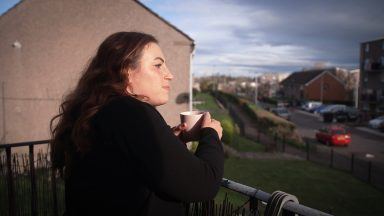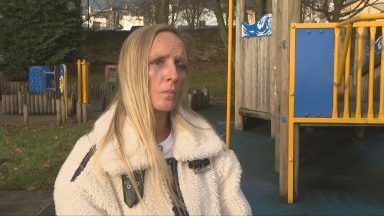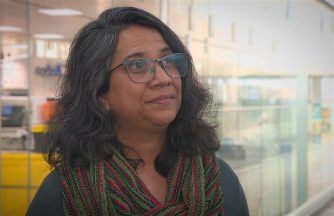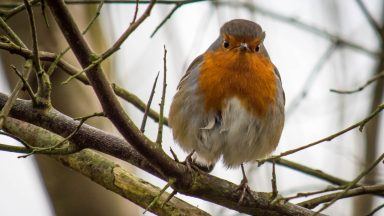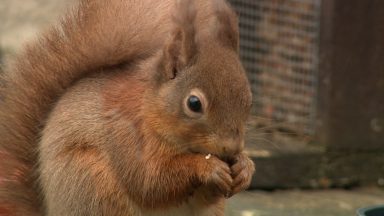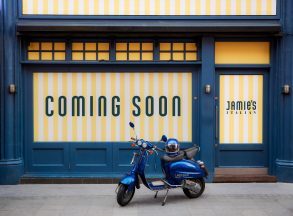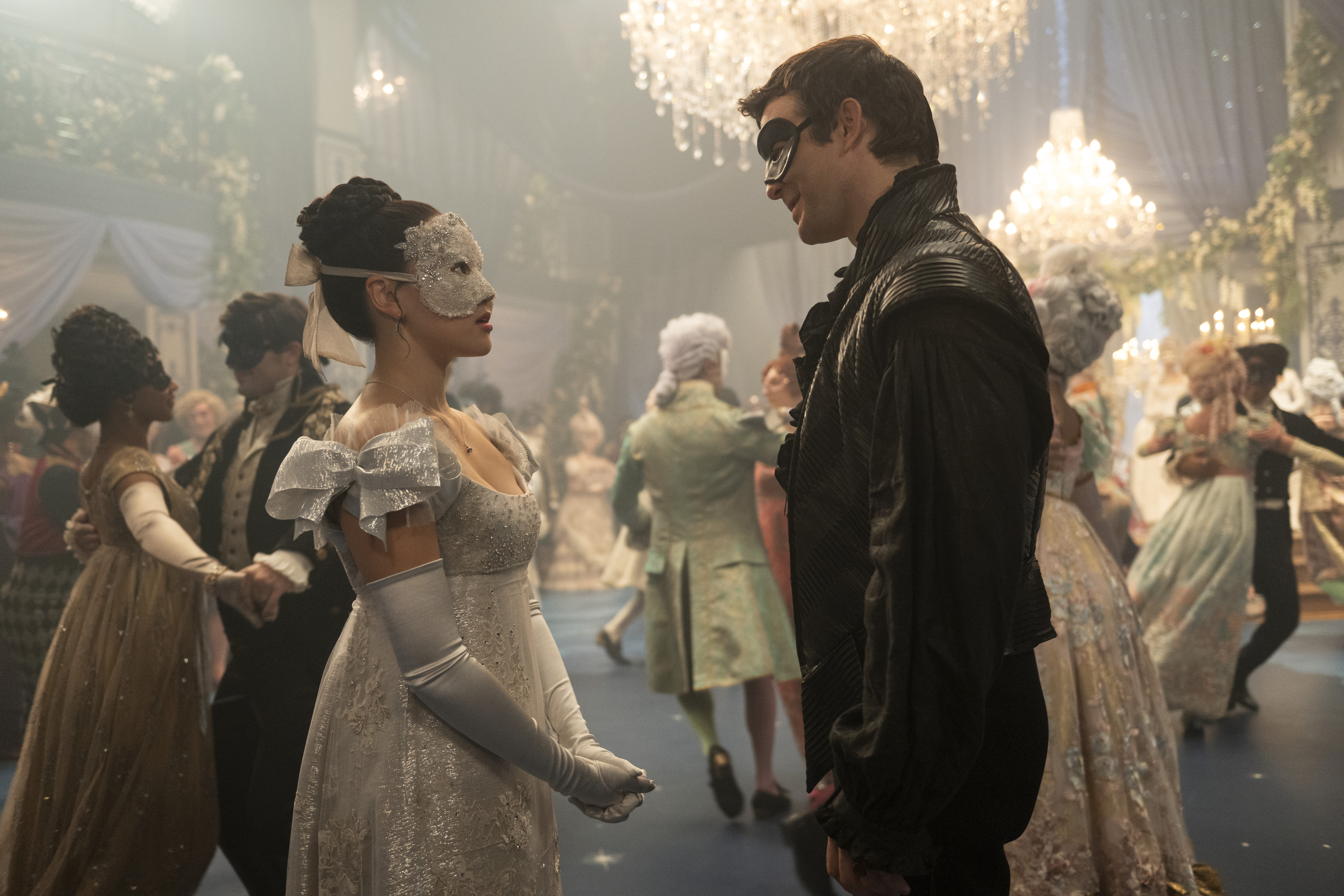Volunteers who found a piece of tartan fabric from a Jacobite bride’s wedding dress are planning to make a replica of the 1750s outfit.
Flora MacDonald was a Jacobite heroine who helped Bonnie Prince Charlie escape from Scotland.
By chance, a 30cm square scrap of her wedding dress, which dates back to 1750, was found by volunteers at the West Highland Museum in Fort William.
Joanne Watson went to grab a random box of clothing from the museum’s loft to show kiltmaker and fellow volunteer, Nikki Laird, when she came across an extremely rare piece of Jacobite tartan.
The women now plan to work with an expert kilt weaver, to make a reproduction for the dress to go on display at the museum.
And using ancestry software, they tracked down Flora’s descendants in Vancouver, British Columbia, Canada, to let them know.
Joanne, from Doune, Stirling, said: “We took out the first few items, and while Nikki was having a good look at them I took out the next piece, which was a lot smaller than everything else in the box.
“I couldn’t believe my eyes when I saw the label attached to the piece of tartan.
“As soon as I saw it I recognised the significance of it. It was in absolutely perfect condition, it’s like it was made yesterday.
“It was 30cm tall and 30cm wide. It’s extremely rare, there are only two other pieces. One in America, and the other at the Glencoe Museum.
“Think about who wore it, Flora MacDonald, and the fact that it’s from her wedding dress.”
Nikki, who is a director of the Kiltmakery in Edinburgh, also got excited when she noticed the tartan.
She said: “I got very excited when I saw the traditional herringbone selvedge edge.
“It is a really rare weaving technique today and the only person who does that today is Robin Elliott.”
After the discovery of the rare Jacobite tartan, Joanne went to work to find out more about its origins, and she put it together that it was a wedding dress after seeing another piece of the tartan at the Glencoe Folk Museum in the Highlands.
The women now plan to use their knowledge of 18th-century dresses as well as a painting of Flora MacDonald to reproduce the dress.
Joanne said: “The store at the West Highland Museum, it’s got over 7000 items, and the computer system didn’t show the significance of this tartan.
“I remembered that there was a similar piece of the tartan at the Glencoe Museum.
“I checked it out, and you can clearly see they were once joined.
“The museum’s records show they were last on display as one piece in 1938 and the larger piece was cut in 1942.
“The rest of the tartan is owned by a private collector in America.
“Hard tartan is extremely endurant, it’s a lot stronger than the stuff we make dresses and tartan with today.
“The imported dyes that were used in the 18th century were very colourfast and they last a long time.
“I know a lot about 18th-century dressers through my academic studies and my own research.
“There is a sketch in the National Portrait Gallery done by Alan Ramsey who painted Flora a number of times, so we’re going to use the sketch as an outline.
“It’s a sketch of Flora holding Bonnie Prince Charlie’s Jacobite standard, so going to use that as inspiration.
“Then probably the rest through guesswork.
“Robin Elliot is an expert in weaving historical reproduction fabrics, so he’s going to weave the fabric and I’m going to make the dress.
“It will go on display at the museum when done.”
Joanne went on to track down Flora’s ancestors using ancestry and let them know of the discovery.
Joanne said: “I used Ancestry to track her descendants, and I tracked them to Vancouver, Canada.
“I put them into Facebook and let them know about the discovery.
“The family was really excited. We are going to sort something out with them, but I am keeping that under wraps for the now.
“Part of the joy with these discoveries is getting in touch with families and letting them know we have found something.
“For me, that’s priceless.”
Follow STV News on WhatsApp
Scan the QR code on your mobile device for all the latest news from around the country


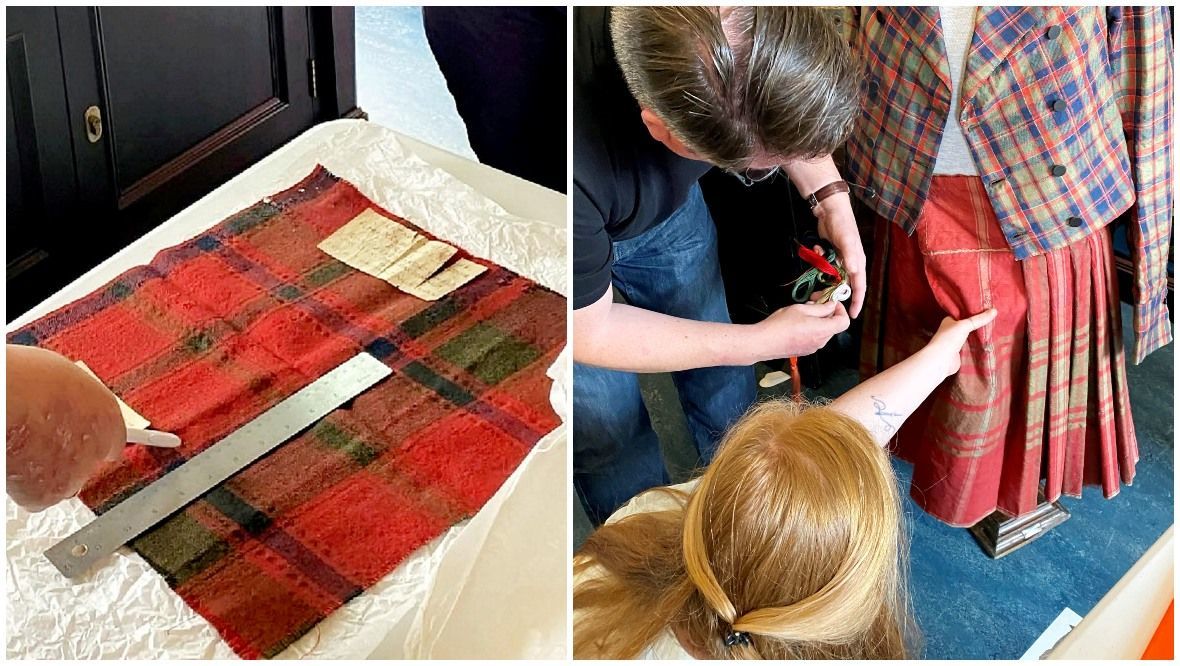 Steve Chatterley via SWNS
Steve Chatterley via SWNS



